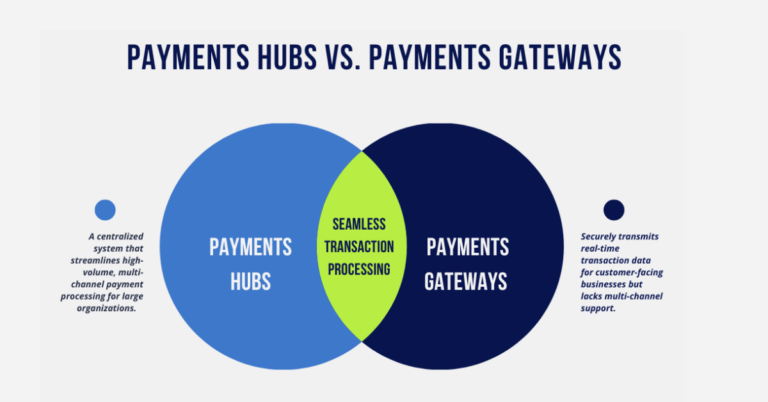How do Zoomers interact with banks and credit unions? A preview of this will be given shortly, but first, let’s dive into a quick recap.
As we all know, much of the Zoomer population are those who are currently 9-24 (born between 1997-2012). A lot of them are opening their first checking and saving accounts to begin building credit. Soon they will be very financially independent. It’s important for credit unions to understand that they should start marketing to their younger audience, Zoomers, sooner than later. As mentioned in the previous blog, Zoomers value speed, and efficiency. Zoomers will be more likely to choose who offers them a fast solution to do their task and a place that lays out all the information in front of them in a very concise manner.
Recent research shows that the average age of credit union members is 47. Although they share similar values with Gen Z, credit unions are going to have to improve when it comes to digital solutions which are faster and easier for Zoomers to use. Currently, banks offer more appealing deals and technological advances. Credit unions, on the other hand, sometimes lack that. The main aspect of a credit union that could potentially attract Zoomers is its base values, as mentioned in the previous blog.
Similarly, community banks and their strategy to attract the younger audience could use some help. For instance, “Every year, community banks invest millions sponsoring financial education in the classroom” intending to gain more younger members. However, students sitting in classrooms learning about a subject that is not yet relevant to them can get extremely tedious, and I for one have experienced this first-hand. With over 80% of Zoomers worried about their finances it is easy to say that early exposure to banks, credit unions, and community banks would be extremely beneficial. However, the approach needs to be as appealing as possible for the younger generation. Pairing up courses with financial services, or even offering student discounts is also a way to attract the young generation.
Just like community banks, large banks should make their approach to the Zoomer generation more appealing. As stated previously, large banks have enough budget to add more technological advances to their services. Since zoomers “Shun traditional services and having to go to a physical location to access it”, they would much rather choose a service that they can access with ease. Just as value-based programs and services are important to Zoomers, speed and efficiency are too.
The Aftermath of COVID-19
As of late 2020, 27% of Gen Z wanted to switch their financial institution in the next few years, and COVID-19 played a major part.
According to Marqeta research, as of June 2021, 87% of Gen Z use a traditional bank. Gen Z makes up a fifth of the U.S. population (about 67 million).
A study done by Next Caller found that 74% of Zoomers (and Millennials) are more intent on investing, saving, and taking out loans more than they used to be. This is a clear opportunity for credit unions since they offer better and lower interest rates. As we see, Zoomers are more likely to choose banks over credit unions because banks also have their advantages. A common perception (albeit sometimes incorrect) is that credit unions services are not as advanced as banks are. For instance, banks have more branches and ATMs all across the nation, whereas credit unions do not since they are smaller. However, the downside is that banks have stricter rules and regulations, whereas credit unions are more customer-friendly and flexible. A huge difference is that “At a bank, you are a customer. At a credit union, you are a member.”
Looking at credit unions in-depth, it’s clear that they can offer an even more member-friendly environment. With some changes, they could attract members who will help the credit union’s future growth: Zoomers.
Since banks make more revenue, they can use that money to invest in more technology which would be appealing to the Zoomer generation. So far, the Zoomer generation looks to banks more when it comes to financial decisions or help. Credit unions that understand this are adding technological advances, knowing that this is best in the long run.




